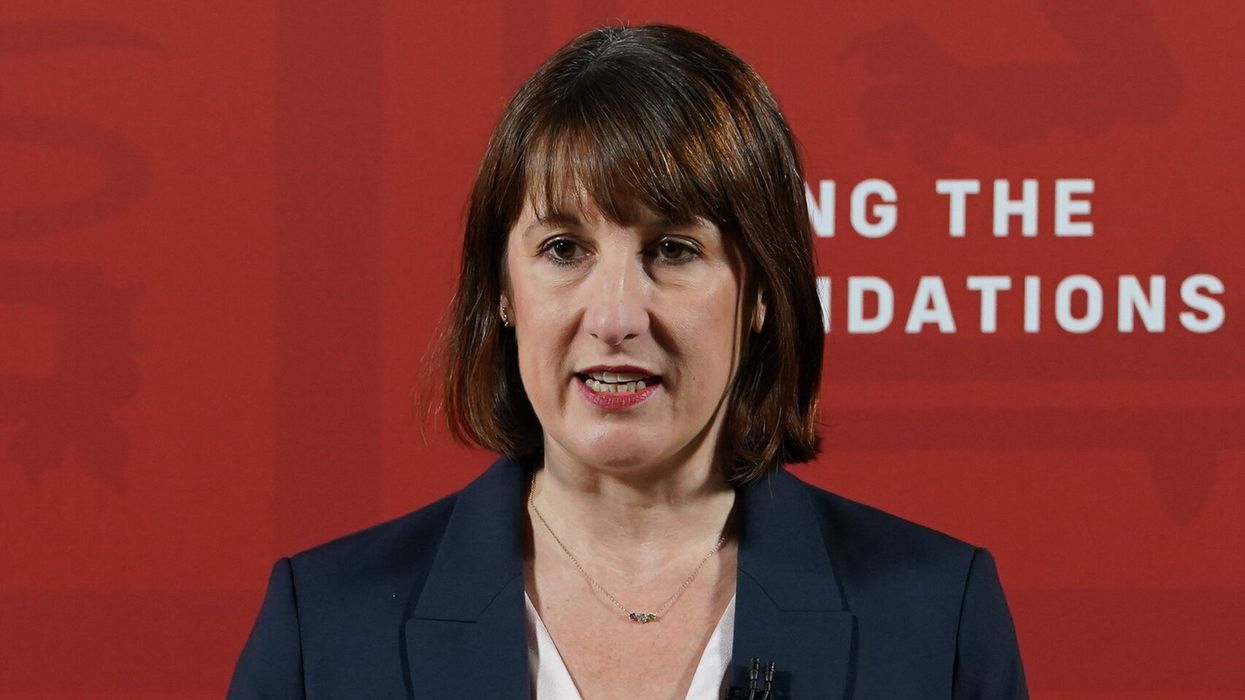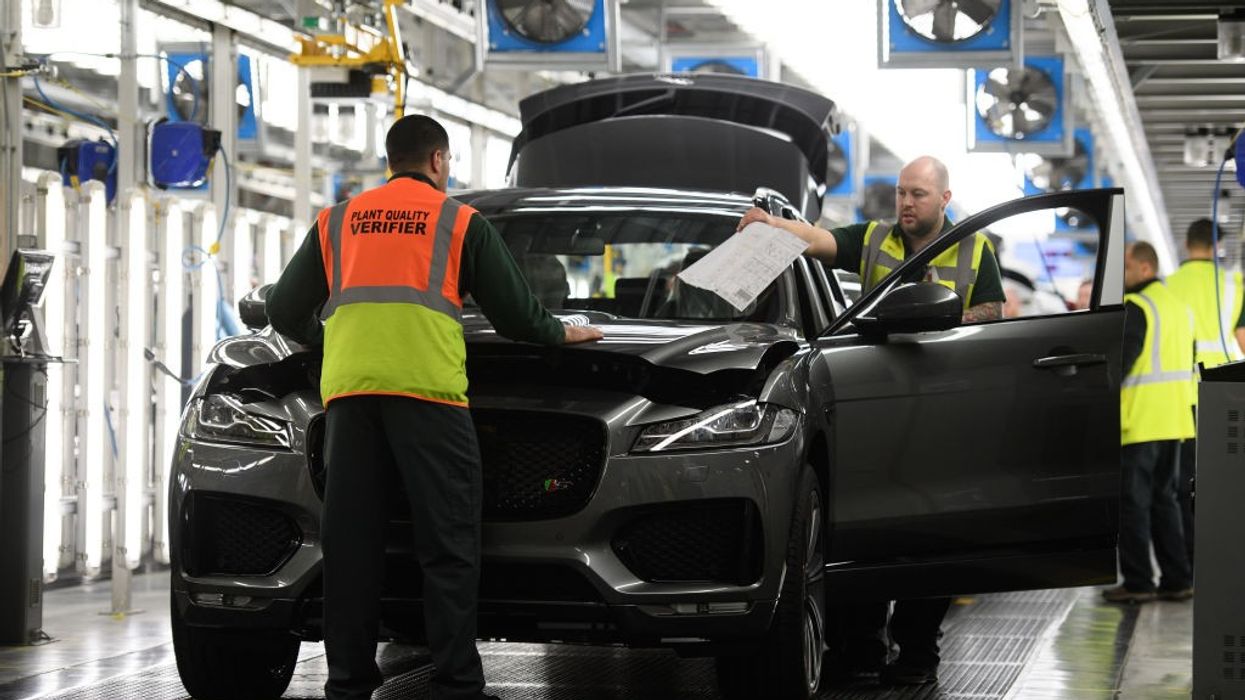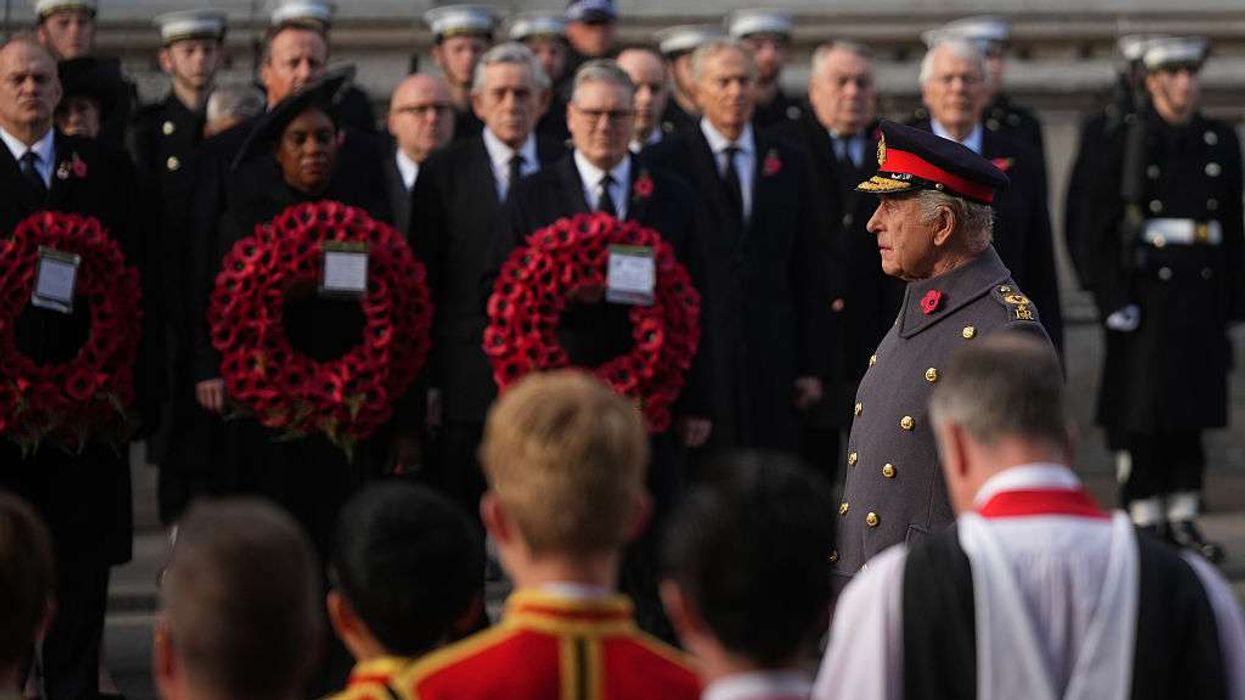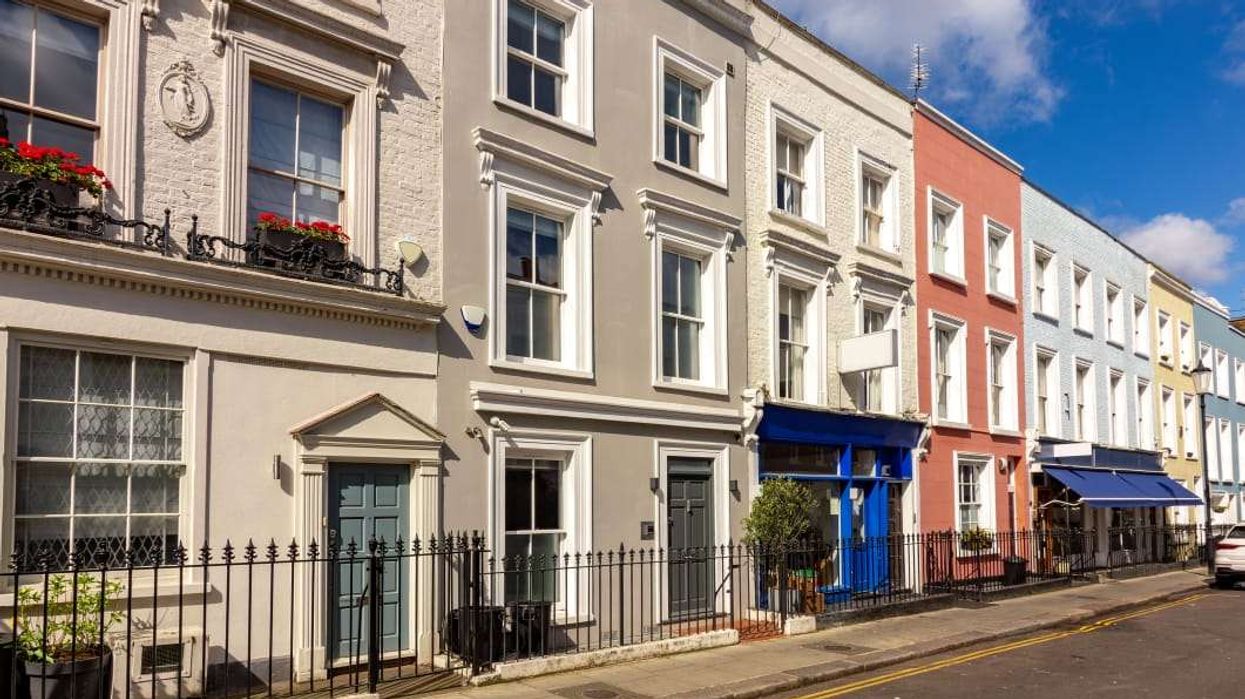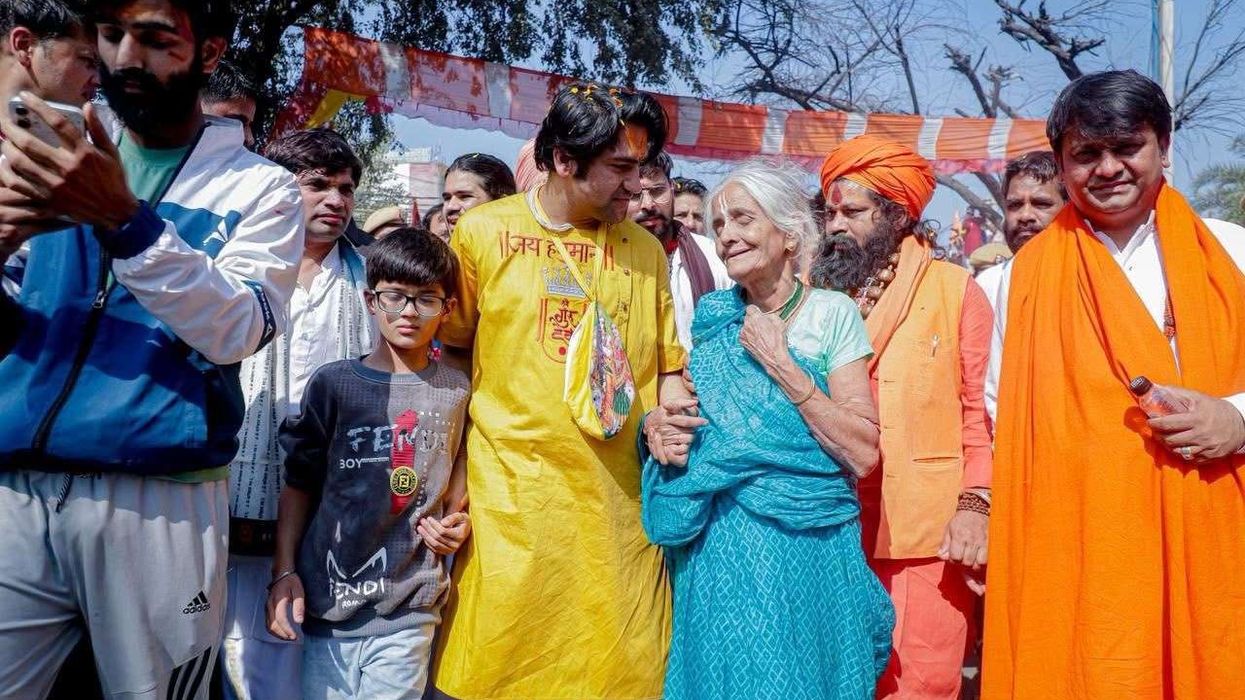THE UK economy grew more than expected in the first quarter of the year, according to official data published on Thursday. The figures cover the period before business tax increases and US President Donald Trump's new tariffs came into effect.
Gross domestic product rose by 0.7 per cent from January to March, following a small increase in the final quarter of last year, the Office for National Statistics (ONS) said.
Economists had forecast a rise of 0.6 per cent.
The data comes as a boost for prime minister Keir Starmer and the Labour government, which has faced slow growth since taking office in July.
UK chancellor Rachel Reeves welcomed the figures, saying they "show the strength and potential of the UK economy," while adding that "there is more to do".
However, analysts warned that the growth may not continue.
Thursday's data is from before the business tax hike announced in the Labour government’s first budget last October, which came into effect in April.
It also predates the baseline 10 per cent tariff that Trump imposed on the UK and other countries last month.
"This might be as good as it gets for the year," said Paul Dales, chief UK economist at Capital Economics.
‘Short lived’
The growth is "set to be short lived as tariffs take effect”, said Yael Selfin, chief economist at KPMG UK.
She said that despite the UK-US trade agreement announced last week, “tariffs on UK exports to the US remain significantly higher than what they were prior to April”.
Under the agreement, tariffs were cut on British cars and removed on steel and aluminium. In return, the UK agreed to open markets to US beef and other agricultural products.
But the 10 per cent baseline tariff remains.
Selfin added that "the indirect impact of trade tensions between the US and the EU will further constrain demand for UK exports".
ONS director of economic statistics Liz McKeown said, "The economy grew strongly in the first quarter of the year, largely driven by services, though production also grew significantly, after a period of decline."
Analysts said production growth may be due to manufacturers rushing to complete exports ahead of the US tariff changes.
Separate trade data released on Thursday showed UK goods exports to the US rose for the fourth straight month in March.
"This pattern of increasing exports could be a sign of changing trader behaviour ahead of tariff introduction," the ONS said.
"Any residual support for manufacturing from front-running will fade from here on, pointing to activity remaining weak for the foreseeable future," said economists at Pantheon Macroeconomics.
The ONS said monthly GDP grew by 0.2 per cent in March, after rising 0.5 per cent in February.
The data follows the Bank of England’s decision last week to cut its key interest rate by a quarter point to 4.25 per cent, as US tariffs begin to affect growth prospects.
The Bank raised its forecast for UK GDP growth in 2025 to 1 per cent, from an earlier estimate of 0.75 per cent, but lowered its projection for 2026 to 1.25 per cent, down from 1.5 per cent.
Earlier this week, data showed UK unemployment in the first quarter had reached its highest level since 2021.
(With inputs from agencies)
